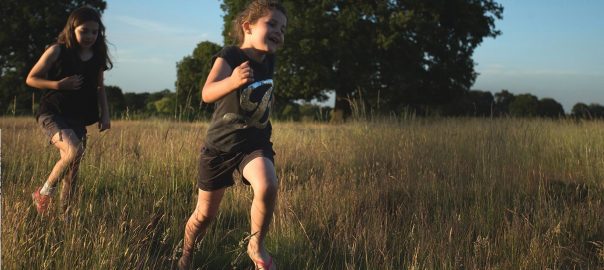The Nature of Cities—Europe is an independent partner organizations to TNOC—Global. TNOC-Europe is a Registered Charity in Ireland, formed in 2018 to work on projects specifically involving European cities.
The Nature of Cities—Europe co-published at our partner site: www.thenatureofcities.com.
Stay in touch: write us at: [email protected]
What We Do
 We support the creation and use of knowledge-based solutions that make cities better for both people and nature.
We support the creation and use of knowledge-based solutions that make cities better for both people and nature.
The mission of The Nature of Cities-Europe is to curate joined conversations about urbanism across ways of knowing and modes of action. We create transdisciplinary, publicly available, and widely disseminated programs, events, knowledge, and engagements for green city making. We strive for cities worldwide that are resilient, sustainable, livable, and just. We work to achieve this in several ways:
- Publish open access, web-based articles, essays, and discussion forums by writers, thinkers, creators, and activists, focusing on ideas that are transdisciplinary and at the frontiers where science, design, planning, and art meet. We crave creativity in all forms and from all sources.
- Create public symposia and transdisciplinary engagements designed to increase knowledge and citizen engagement in creative cultures, urban nature, planning, design, and placemaking. Recent events include TNOC Summit in Paris (June 2019) and the Food-Water-Energy public event in Sao José dos Campos, Brazil (September 2019), and a series of virtual Festivals. The next in-person TNOC event with be in Europe in 2024.
- Design outreach, educational, and research materials for urban communities, city managers, practitioners, and researchers on the subjects of urban ecosystems, green infrastructure, nature-based solutions, and biodiversity.
- Create programs that engage arts, culture, science, and action together in joined spaces. NBS (nature-based solutions) Comics is a project of TNOC-Europe, in collaboration with NetworkNature. As part of this project, we offer artist-led workshops on visual storytelling.
- Conduct place- and knowledge-based projects with partner organizations in Europe and on a global scale, integrating ways of knowing and modes of action. For example, TNOC-Europe is a partner in the NetworkNaturePlus consortium, funded by the European Commission; a a partner in the recently complete Belmont Forum project, IFWEN.
- Create specific language-based projects, such as TNOC Francophone.
- Stimulate, engage, and provoke citizens, artists, planners, designers, and scientists to explore new ways to envision better cities—cities that are sustainable, resilient, livable, and just.
- Conducting place-based projects with partner organizations in various countries.
Our Directors
TNOC—Europe is a Registered Charity in Ireland (No. 621611).
TNOC-Europe Directors (2018-2023):
- Marcus Collier, Dublin
- David Maddox, New York
- Siobhán McQuaid, Dublin
Members (governing board, 2023):
- Pippin Anderson, Cape Town
- Marcus Collier, Dublin
- Martha Fajardo, Bogotá
- David Haley, Whaley Island (Scotland)
- Mike Houck, Portland
- Robin Lasser, San Jose (California)
- Gilles Lecuir, Paris
- David Maddox, New York
- Siobhán McQuaid, Dublin
- Mary W. Rowe, Toronto
- Chantal van Ham, Brussels


